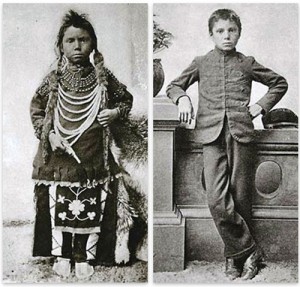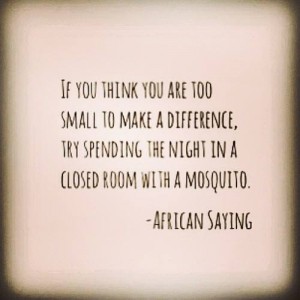During the Co-ordinated Arts Program’s (CAP) Student Conference, many students presented a piece of their work though essays, websites, artwork, posters, videos, and more. As a showcase presenter of a website, I was gathered into a room with two other groups from my ASTU class. Being in a mini-version of our Tuesday and Thursday class made presenting more comfortable and fun. However, I chose to focus this blog post on the panel presenters who sat in front of professors, students, and guests, presenting their individual work.
Panel D: Gender and Sexuality, moderated by David How, was a very interesting group of individuals who discussed the media’s role in constructing gender identities. Kelsey McDougall, a student of the CAP stream Media Studies, presented “The Circulation and Representation of Gender Identities in the Media: A Literature Review”. I found this presentation to be very rounded as McDougall discussed the impact of media representation of both males and females. I have chosen to focus on this piece as I’ve also incorporated both genders in my sociology paper regarding sexual assaults on campuses.
Throughout my own academic research for the paper, I was struck by how the language and the overall discourse of the conversation painted men merely as perpetrators.
I was able to find one scholarly article written specifically for male victims. In it, Isely reports that “although preliminary findings suggest that men in the early years of their adulthood are particularly at risk for this type of victimization, publications considering sexual assault treatment among students frequently ignore these male victims” (306).
It should be noted that although, statistics show that women are sexually assaulted more often on campus then men, this fact should not erase their right to inclusive representation.
As McDougall’s presentation showed images of impossible body standards for both men and women, I reflected on my own findings. Media representation can create victims of eating disorders, low self-esteem and so on whereas sexual assault creates victims as well. In order to address these issues, changes in the attitudes towards who the victim is or can be, must be altered.
On a final note, McDougall’s presentation as well as the articles I read for my paper, are limited to the gender binary. What does this suggest for individuals who do not fit within those boundaries?
Isely, P. J. (1998). “Sexual Assault of Men: College-Age Victims.” Journal of Student Affairs Research Practice, 35. 4. Web. 13 Mar. 2015.
McDougall, Kelsey. “The Circulation and Representation of Gender Identities in the Media: A Literature Review.” University of British Columbia. Irving K. Barber Building, Vancouver, BC. 1 April 2015. Keynote Address.



